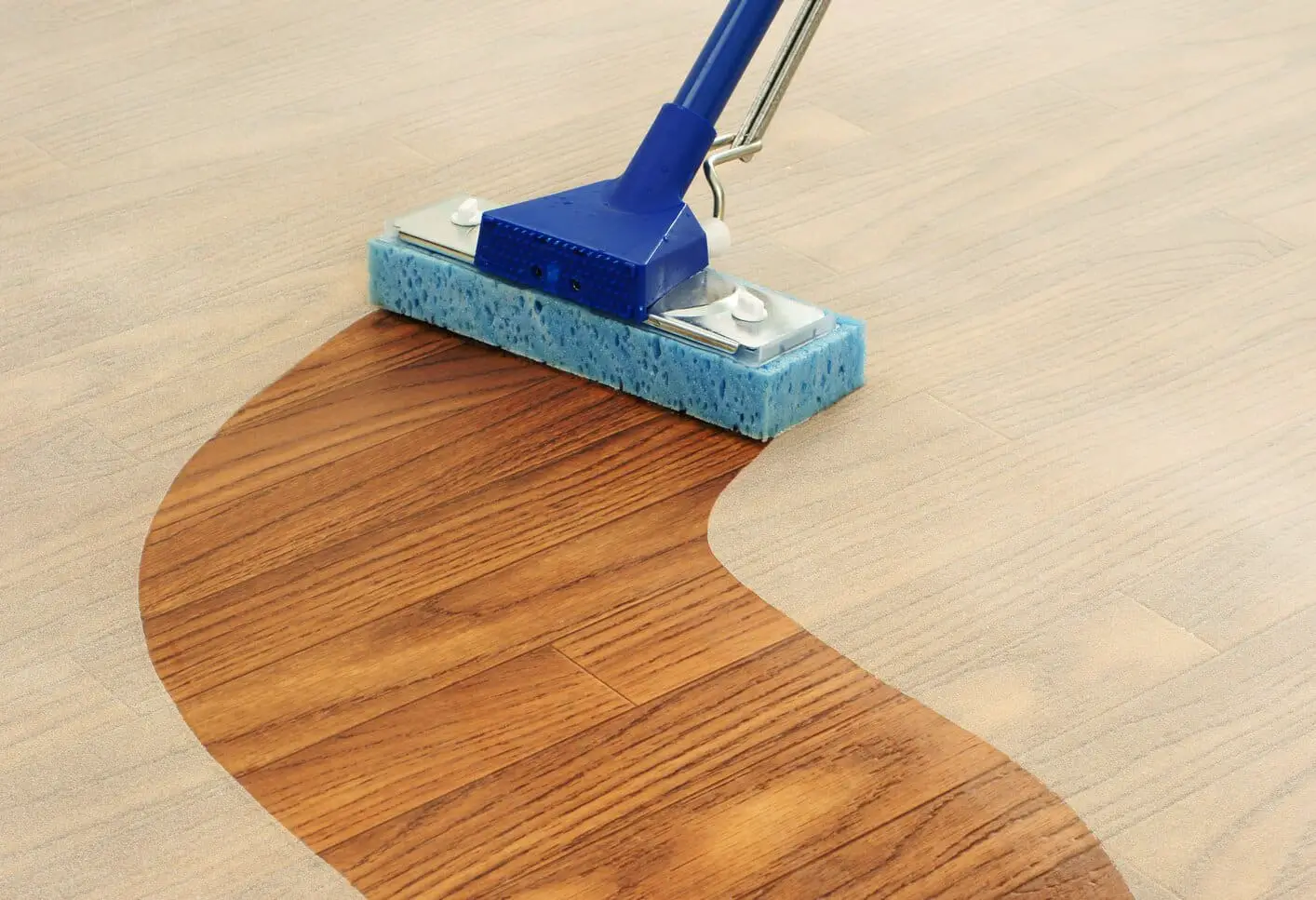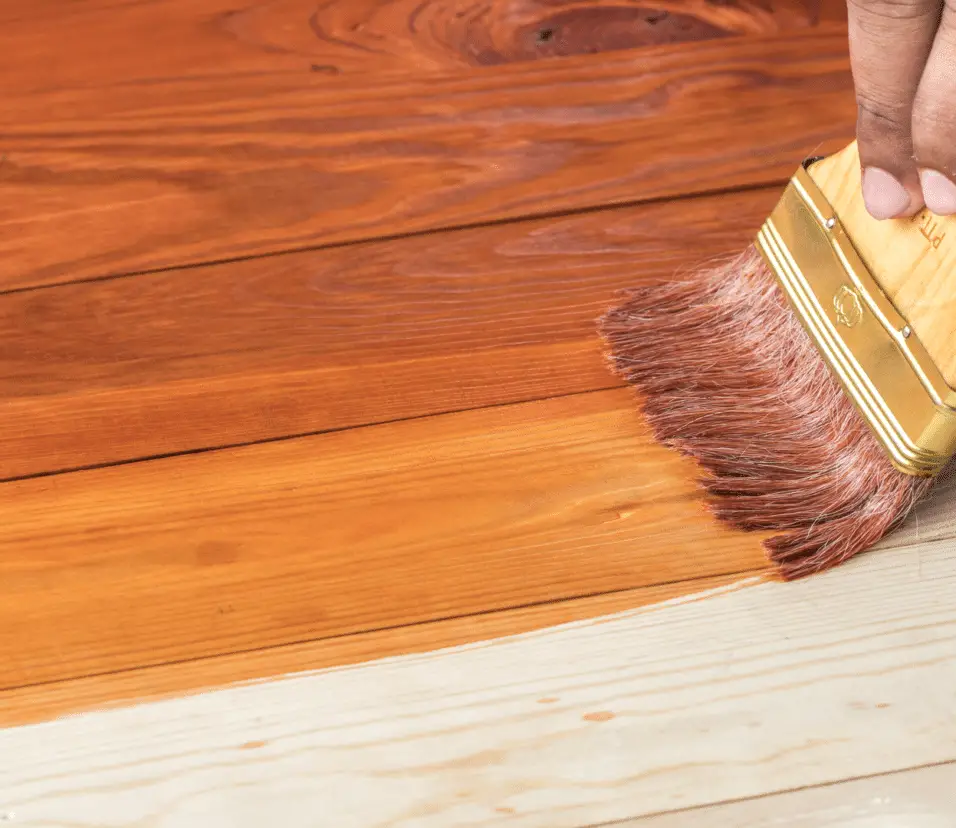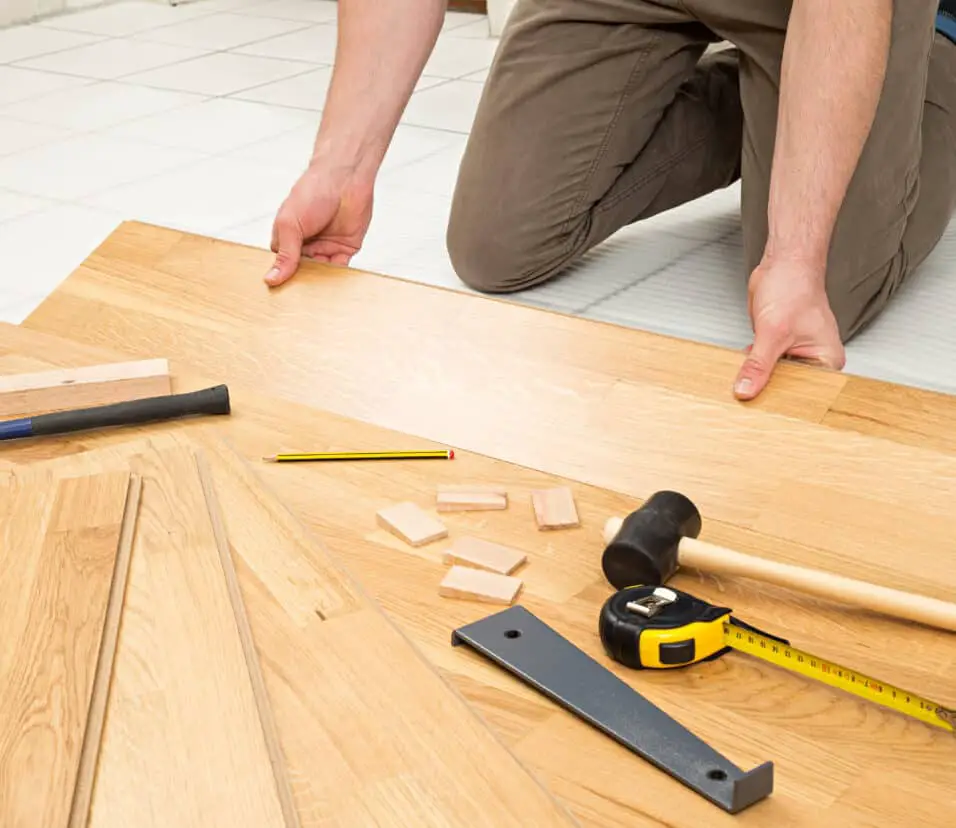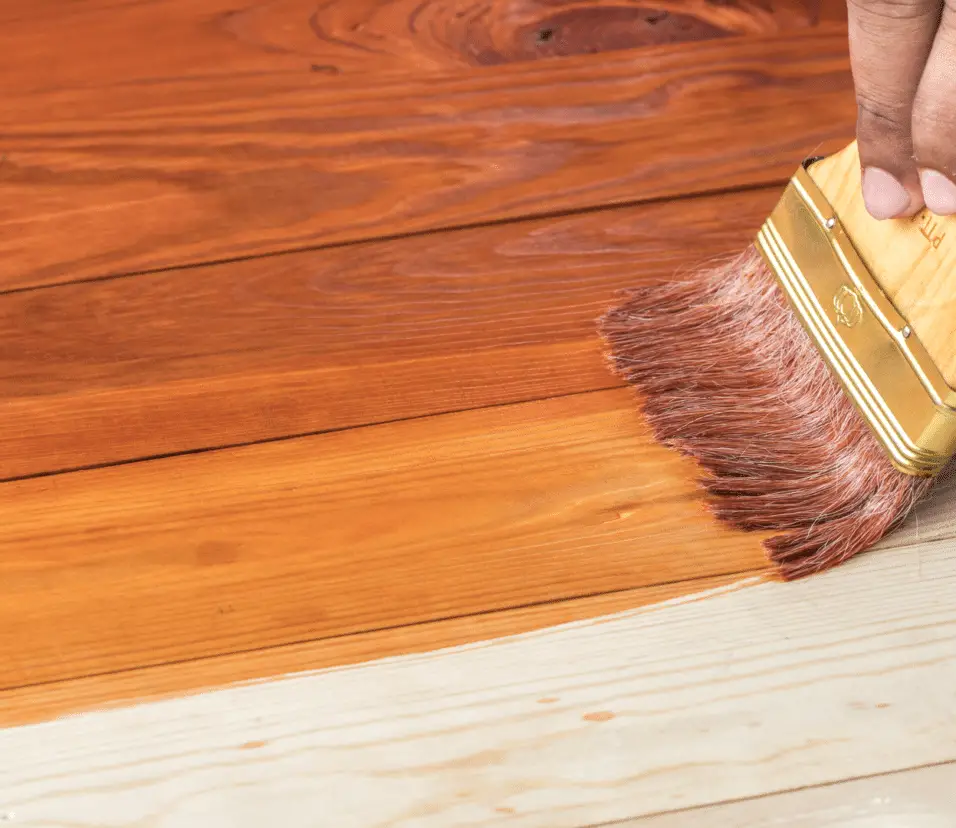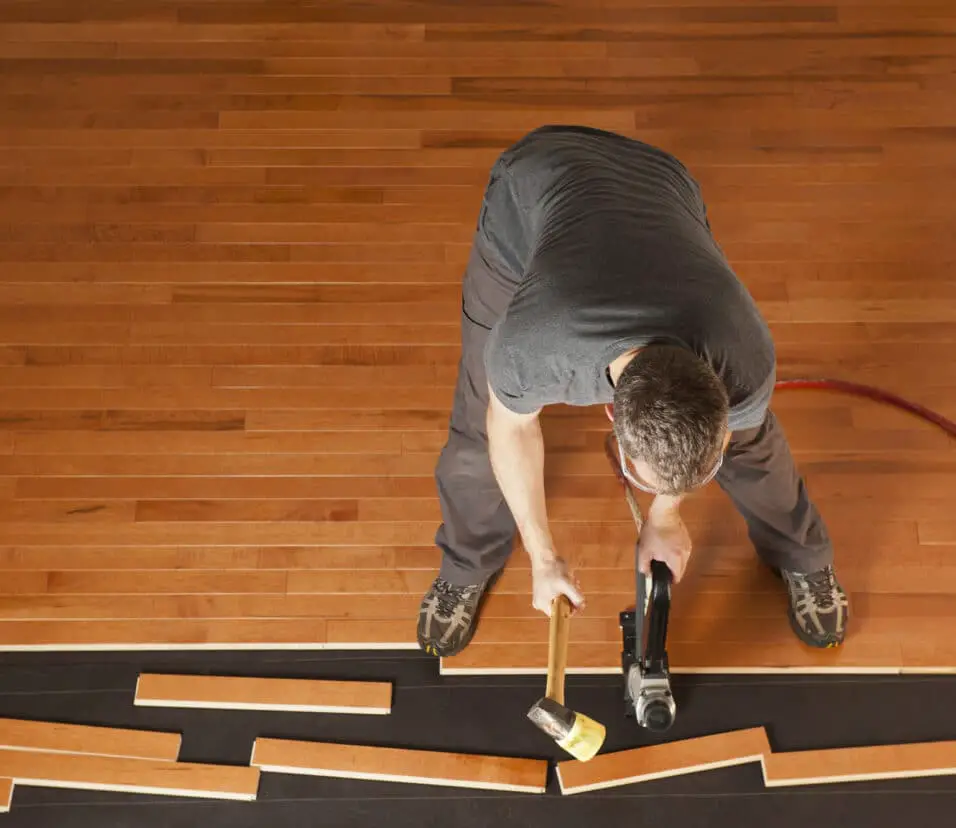How To Clean Unfinished Wood Floors
Introduction
How To Clean Unfinished Wood Floors: Unfinished wood floors, with their rustic charm and natural appeal, have gained popularity among homeowners and interior enthusiasts alike. These floors offer a raw and authentic look, showcasing the wood’s unique grain and texture. However, cleaning and maintaining unfinished wood floors require careful attention and specific techniques to ensure their longevity and beauty.
Unlike finished wood floors, which have a protective layer that shields them from spills and stains, unfinished wood floors lack this barrier. As a result, they are more susceptible to damage from moisture, dirt, and grime. Without proper care, these floors can become discolored, warped, and marred by scratches, compromising their aesthetic appeal and structural integrity.
To maintain the natural beauty of unfinished wood floors, regular cleaning is essential. However, traditional cleaning methods that use excess water and harsh chemicals should be avoided, as they can seep into the wood’s porous surface and cause irreversible damage. Instead, adopting gentle and non-abrasive cleaning practices is crucial to preserving the wood’s integrity.
In this comprehensive guide, we will delve into the best practices and essential tips on how to clean unfinished wood floors effectively. From daily maintenance routines to deep cleaning methods, we will cover a range of approaches to ensure your unfinished wood floors remain immaculate.
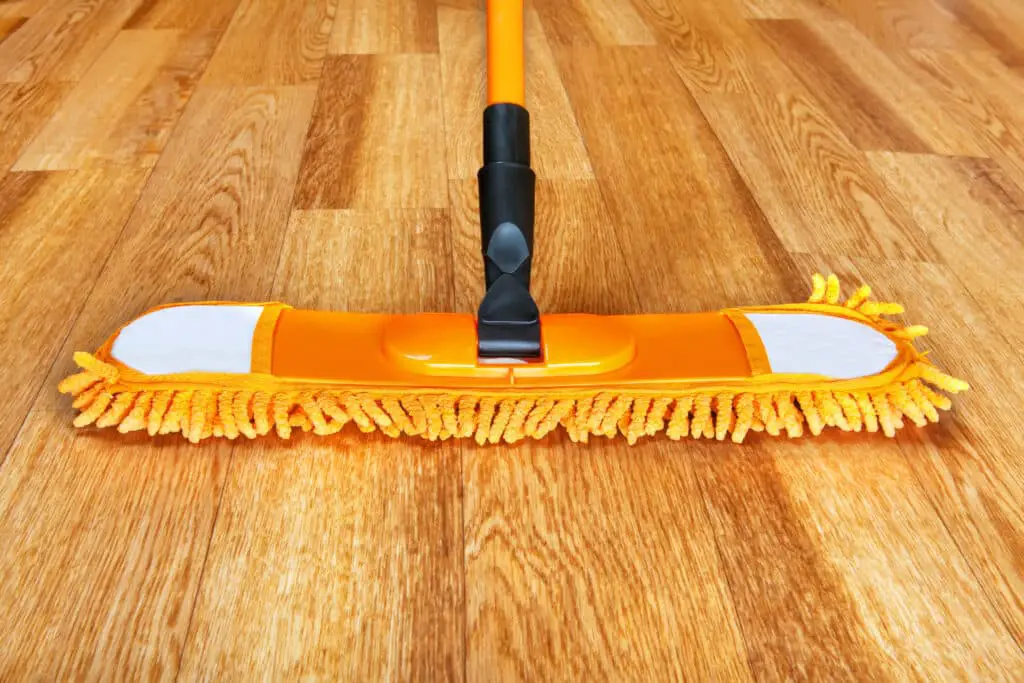
What is the best way to clean unsealed hardwood floors?
You can use natural oils, floor wax, or vinegar to clean your unfinished wood floors. You can also use a whole set of cleaning and polishing products, such as mineral spirits, tri-sodium phosphate, oil soaps, chemical cleaners, etc.
Cleaning unsealed hardwood floors requires extra care and attention, as they lack the protective barrier of sealants or finishes. Unsealed hardwood is more susceptible to moisture and stains, making it essential to use gentle cleaning methods that do not damage the wood’s natural fibers. The best way to clean unsealed hardwood floors is through a combination of dry and damp cleaning techniques.
Regular Dusting
Start by dry dusting the floors regularly to remove loose dirt, dust, and debris. Use a soft-bristled broom, microfiber mop, or a vacuum cleaner with a hardwood floor attachment to prevent scratching the surface. Avoid using vacuums with beater bars, as they can be too abrasive for unsealed wood.
Avoid Excess Water
Water can penetrate the wood, leading to swelling, warping, and discoloration. Instead, opt for a slightly damp mop or cloth for gentle cleaning.
Damp Mopping
To tackle light stains or spills, dampen a soft cloth or mop with water or a specially formulated hardwood floor cleaner. Wring out the excess moisture thoroughly, leaving the cloth or mop slightly damp. Gently wipe the affected areas, working with the grain of the wood to avoid causing any damage.
Natural Cleaners
If you prefer using natural cleaners, a mixture of equal parts water and white vinegar can be effective for cleaning unsealed hardwood floors. The mild acidity of vinegar helps to dissolve dirt and grime without harming the wood.
Spot Cleaning
For stubborn stains, make a paste using baking soda and water, and apply it directly to the affected area. Allow the paste to sit for a few minutes before gently scrubbing with a soft brush. Wipe away the paste with a damp cloth and dry the area thoroughly.
Avoid Harsh Chemicals
Stay away from harsh chemical cleaners, oil-based soaps, or wax-based products on unsealed hardwood floors. These products can leave residue and cause long-term damage to the wood’s appearance and integrity.
Regular Maintenance
Consistent maintenance is key to keeping unsealed hardwood floors looking their best. Address spills and stains promptly, and avoid dragging heavy furniture or sharp objects across the floor to prevent scratches and gouges.
How do you mop unfinished wood?
You can mop an unfinished wood floor using a damp microfiber mop and a natural cleaner. Make sure to dry the floor completely afterward to prevent any moisture-caused damage. You can use a dry microfiber cloth for a quick wipe down. Clean a single section at a time and dry it before moving on to the next.
Mopping unfinished wood requires a cautious approach to prevent damage and maintain the wood’s natural beauty. Since unfinished wood lacks the protective seal or finish found on other wood flooring types, it is especially vulnerable to moisture. To mop unfinished wood effectively, follow these essential steps:
Choose the Right Mop: Opt for a soft microfiber mop or a cotton mop that is absorbent but not overly wet. Avoid using sponge mops or string mops, as they tend to hold excess water, which can seep into the wood and cause swelling or warping.
Create a gentle cleaning solution by mixing warm water with a small amount of pH-neutral wood floor cleaner. Avoid harsh chemicals, ammonia, or bleach, as these can damage the wood’s natural fibers. Dip the mop into the cleaning solution and wring it out thoroughly. The mop should be damp, not dripping wet, to avoid excessive moisture on the wood surface.
Divide the floor into manageable sections and mop one section at a time. This approach ensures that the cleaning solution doesn’t sit on the wood for too long. Always mop with the grain of the wood to prevent any potential scratches or damage. Gentle, consistent strokes are key to cleaning without harming the wood.
How do you treat unfinished wood floors?
The choice of oil or lacquer (sometimes known as varnish), is completely your choice. A lacquer or varnish will provide a smooth finish to your wooden floor and is available in either a matt or semi-matt appearance. An oil, on the other hand, gives a more natural appearance that is slightly rough to the touch.
Treating unfinished wood floors involves a series of steps to enhance their appearance, protect them from damage, and promote longevity. Unlike pre-finished wood floors, unfinished wood lacks any protective seal or finish when initially installed, making it particularly vulnerable to stains, spills, and wear. Before any treatment can begin, sanding is crucial to create a smooth and level surface. Use a floor sander to remove any rough spots, imperfections, or mill marks, ensuring an even and consistent finish.
Clean the floors to remove any dust and debris.
Use a soft-bristled broom or vacuum cleaner with a hardwood floor attachment to prevent scratching the newly sanded surface. If you desire a specific color or want to enhance the natural wood tones, you can apply a wood stain. Test the stain on a small inconspicuous area first to ensure it achieves the desired result. Follow the manufacturer’s instructions for application and drying times.
To protect the wood and create a durable surface, apply a suitable finish. Polyurethane, tung oil, linseed oil, or a water-based sealer are common options. Choose a finish that suits your desired level of gloss or sheen. Apply the finish with a brush, roller, or lambswool applicator, working with the grain of the wood. Allow the finish to dry and cure completely before any foot traffic or placing furniture on the floors. Follow the manufacturer’s recommended curing time, which can vary depending on the type of finish used.
For added protection and a more resilient finish, consider applying multiple coats of the chosen finish. Lightly sand between coats to achieve a smooth surface. Regular maintenance is vital to keep your treated unfinished wood floors looking their best. Sweep or dust daily to remove dirt and debris, and use a damp cloth for light cleaning when necessary. Avoid harsh chemicals or excessive water during cleaning, as they can damage the finish.
What cleaner is safe for unfinished wood?
We would recommend sticking to mostly water when you are cleaning your unfinished wood floors. But, if you find yourself struggling with some stubborn stains, then adding a bit of vinegar to your water can be very helpful. Vinegar is a natural substance that won’t cause any damage to your unfinished wood floors.
When it comes to cleaning unfinished wood, choosing the right cleaner is crucial to preserve the wood’s natural beauty and protect it from damage. Unfinished wood lacks the protective seal or finish found on other wood flooring types, making it more susceptible to moisture and stains. For this reason, it’s essential to opt for a cleaner that is safe and gentle on the wood’s porous surface. The best cleaner for unfinished wood is one that is pH-neutral and free from harsh chemicals, abrasives, and excessive water.
A mixture of warm water and white vinegar is an excellent and safe cleaner for unfinished wood. White vinegar is a mild acid that helps to dissolve dirt and grime without causing any harm to the wood’s fibers. To create the cleaning solution, mix equal parts of warm water and white vinegar in a bucket or spray bottle. Avoid using hot water, as it can open up the wood’s pores and potentially cause damage.
Using a soft cloth or a microfiber mop, lightly dampen it with the vinegar-water solution. Wring out the cloth or mop thoroughly to ensure it is only slightly damp, not wet. Gently clean the unfinished wood, working with the grain to prevent any scratching. Remember to dry the area immediately after cleaning with a soft, dry cloth to prevent excess moisture from penetrating the wood.
Can you clean unfinished wood with water?
Second, since bare wood readily absorbs water, wet cleaning methods are considered unsuitable, thus cleaning options are limited. Water and solvents can quickly swell wood fibres, raise the grain and cause unwanted dimensional change; they can also mobilize surface dirt, drawing it below the surface to cause staining.
Cleaning unfinished wood with water requires careful consideration and a cautious approach. Unfinished wood lacks the protective seal or finish that provides a barrier against moisture on other wood flooring types. As a result, cleaning with water alone can be risky, as water can penetrate the wood’s porous surface and cause damage such as swelling, warping, and discoloration.
If there are spills or stains on the wood, use a slightly damp cloth or mop to spot clean the affected area. After spot cleaning, promptly dry the area with a soft, dry cloth to remove any residual moisture.
However, using excessive water or soaking unfinished wood is strongly discouraged. Mopping with a wet or dripping mop can lead to serious problems, as water can seep into the wood and cause irreversible damage. Excessive water may also raise the wood grain, making the surface rough and uneven.

What happens when unfinished wood gets wet?
Whether it warps or discolors or both will be revealed in the next 2 or three days. What is going to happen is the wood grain will be “raised”. All this means is the fibers that make up that particular section of wood that got wet will swell from re-hydrating.
When unfinished wood gets wet, it becomes vulnerable to a range of potential issues that can compromise its structural integrity and aesthetic appeal. Unfinished wood lacks the protective seal or finish found on other wood flooring types, leaving it exposed and more susceptible to water damage. The consequences of water exposure on unfinished wood can vary depending on the duration and amount of water contact.
Swelling and Warping:
Water can penetrate the pores of unfinished wood, causing it to absorb moisture and swell. As the wood absorbs water, it may expand and warp, resulting in uneven surfaces and changes in shape.
Discoloration:
Wet unfinished wood can develop unsightly stains and discoloration. The water may react with natural tannins in the wood, causing dark spots or rings to form.
Mold and Mildew Growth:
Moist conditions provide an ideal environment for mold and mildew to thrive. If the wet wood remains untreated, mold and mildew can start growing on the surface, leading to health hazards and further damage to the wood.
Decay and Rot:
Prolonged exposure to water can lead to decay and rot in the wood. When moisture remains trapped within the wood fibers, it creates an environment conducive to fungal growth, which ultimately breaks down the wood’s structure.
Shrinkage:
As unfinished wood dries after being wet, it can shrink, resulting in gaps and spaces between the boards. This shrinkage can affect the stability and appearance of the wood flooring.
Weakening of Joints:
For wooden furniture or structures held together by joints or glue, prolonged water exposure can weaken these connections, causing the wood to come apart.
To mitigate the damage caused by water on unfinished wood, it is essential to act quickly and take appropriate measures. If the wood gets wet, promptly remove any standing water and thoroughly dry the area using towels or fans. Ensure proper ventilation to facilitate drying and prevent mold growth. If the water exposure is extensive or the wood has started to show signs of decay, it is advisable to consult a professional for appropriate restoration and repair.
Does unfinished wood need to be sealed?
Paint Or Seal Unfinished Furniture
Bare wood, when left unfinished, keeps your furniture with a natural wood look but the risk is exposing it to harsh elements, even if it’s indoors, such as light, dust, moisture and water damage, making it more susceptible to stains, warping and cracking.
Sealing unfinished wood is highly recommended to protect it from various forms of damage and preserve its natural beauty. Unfinished wood lacks the protective seal or finish found on other wood flooring types, making it more vulnerable to moisture, stains, scratches, and wear. Sealing the wood creates a barrier that helps shield it from potential harm and extends its lifespan. There are several compelling reasons why sealing unfinished wood is beneficial:
Prevents moisture from penetrating the porous surface.
Moisture can cause the wood to swell, warp, or develop mold and rot over time. By applying a sealant, you help safeguard the wood from water damage. Unfinished wood is more susceptible to stains from spills, oils, and other substances. A proper sealant can create a protective layer that minimizes the absorption of stains, making it easier to clean and maintain the wood’s appearance. Sealing the wood improves its resistance to wear and tear. It creates a robust surface that can withstand daily use, foot traffic, and other stressors.
Sealing can help fill in small imperfections and provide a smoother finish to the wood, enhancing its overall appearance. Applying a sealant to unfinished wood can enhance its natural beauty, accentuating the wood grain and color tones. Sealed wood is generally easier to clean and maintain than unsealed wood. The protective layer simplifies regular cleaning routines and prevents dirt and debris from getting deeply embedded in the wood. Properly sealed unfinished wood floors or furniture tend to have a longer lifespan than unsealed ones. The sealant helps preserve the wood’s integrity, reducing the need for frequent repairs or replacements.
Is it bad to leave wood unfinished?
Wood can be left unfinished if it won’t encounter weather, water or significant handling. If your project is placed outside, will be somewhere wet, or will be used on a regular basis, then you should apply wood finish.
Leaving wood unfinished can have both advantages and disadvantages, and the decision ultimately depends on the intended use and the environment in which the wood will be placed. Here are some factors to consider:
Advantages of Leaving Wood Unfinished
Unfinished wood retains its raw and authentic appearance, showcasing the natural color, grain, and texture of the wood. This can be especially appealing for those who prefer the rustic and organic charm of untreated wood. Finishes and sealants often release volatile organic compounds (VOCs) into the air, which can affect indoor air quality.
Leaving wood unfinished eliminates this concern, making it a safer option for those who prioritize environmental and health considerations. Unfinished wood is more forgiving when it comes to scratches or minor damage. Small imperfections can be easily sanded out, and the wood can be re-treated or refinished as needed. Choosing to leave wood unfinished avoids the use of additional chemicals or materials, making it a more eco-friendly option.
Disadvantages of Leaving Wood Unfinished
Unfinished wood is more susceptible to moisture, stains, and wear. It lacks the protective barrier that finishes and sealants provide, making it more prone to swelling, warping, and discoloration. Unfinished wood can be more challenging to clean than sealed wood surfaces. It can absorb spills and stains, making it less forgiving to accidents.
Unfinished wood may be rougher to the touch, and if not properly sanded, it can pose a risk of splinters, especially for furniture or flooring in frequent use. Ultimately, whether leaving wood unfinished is a good choice depends on the intended use, location, and desired aesthetics. For indoor furniture or decorative pieces that won’t be subject to heavy use or exposure to moisture, leaving the wood untreated can be a valid and appealing option. However, for wood floors, outdoor structures, or items subjected to frequent wear and tear, it is generally recommended to apply a suitable finish or sealant to enhance protection and longevity.
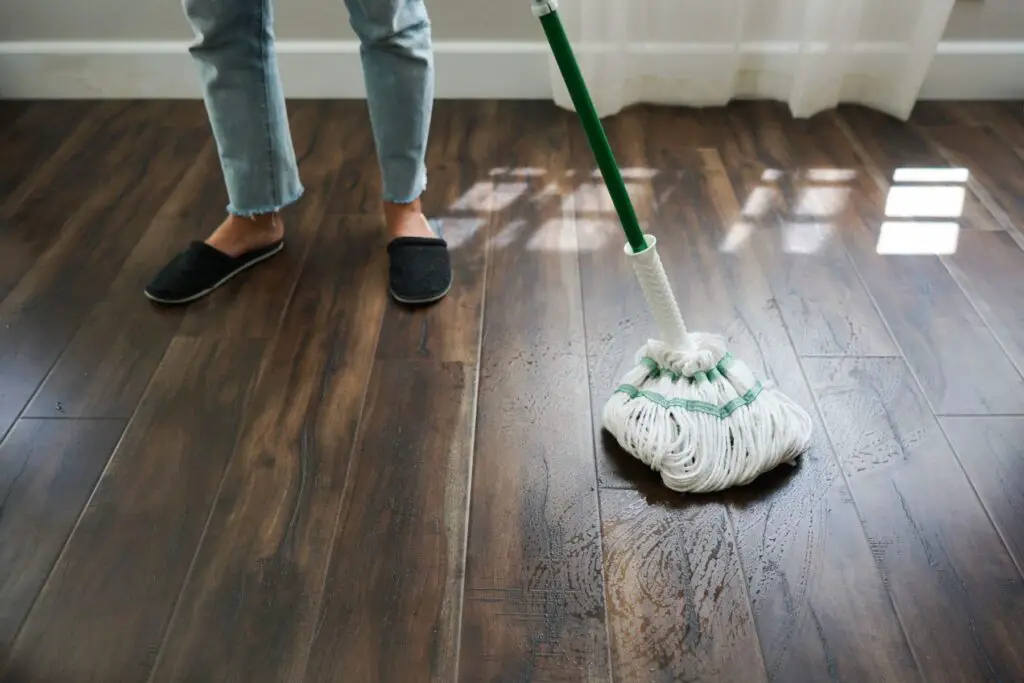
Conclusion
Cleaning unfinished wood floors requires a delicate balance between maintaining their natural beauty and protecting them from potential damage. Unfinished wood lacks the protective barrier of sealants or finishes, making it more susceptible to moisture, stains, and wear. As such, adopting proper cleaning techniques and using the right products is essential to ensure their longevity and preserve their authentic appeal.
Dry cleaning methods, such as regular sweeping and dusting, are crucial for removing loose dirt and debris without introducing excess moisture. When damp cleaning is necessary, it’s vital to use a gentle approach with minimal water. Spot cleaning with a slightly damp cloth or mop, along with pH-neutral wood floor cleaners or a mixture of water and white vinegar, can effectively remove stains without compromising the hardwood flooring wood’s integrity.
Harsh chemicals, excessive water, and abrasive cleaning tools should be avoided at all costs, as they can cause irreversible damage to the unfinished wood. Instead, opt for soft-bristled brushes, microfiber mops, or soft cloths to maintain the wood’s surface without scratching or gouging.



